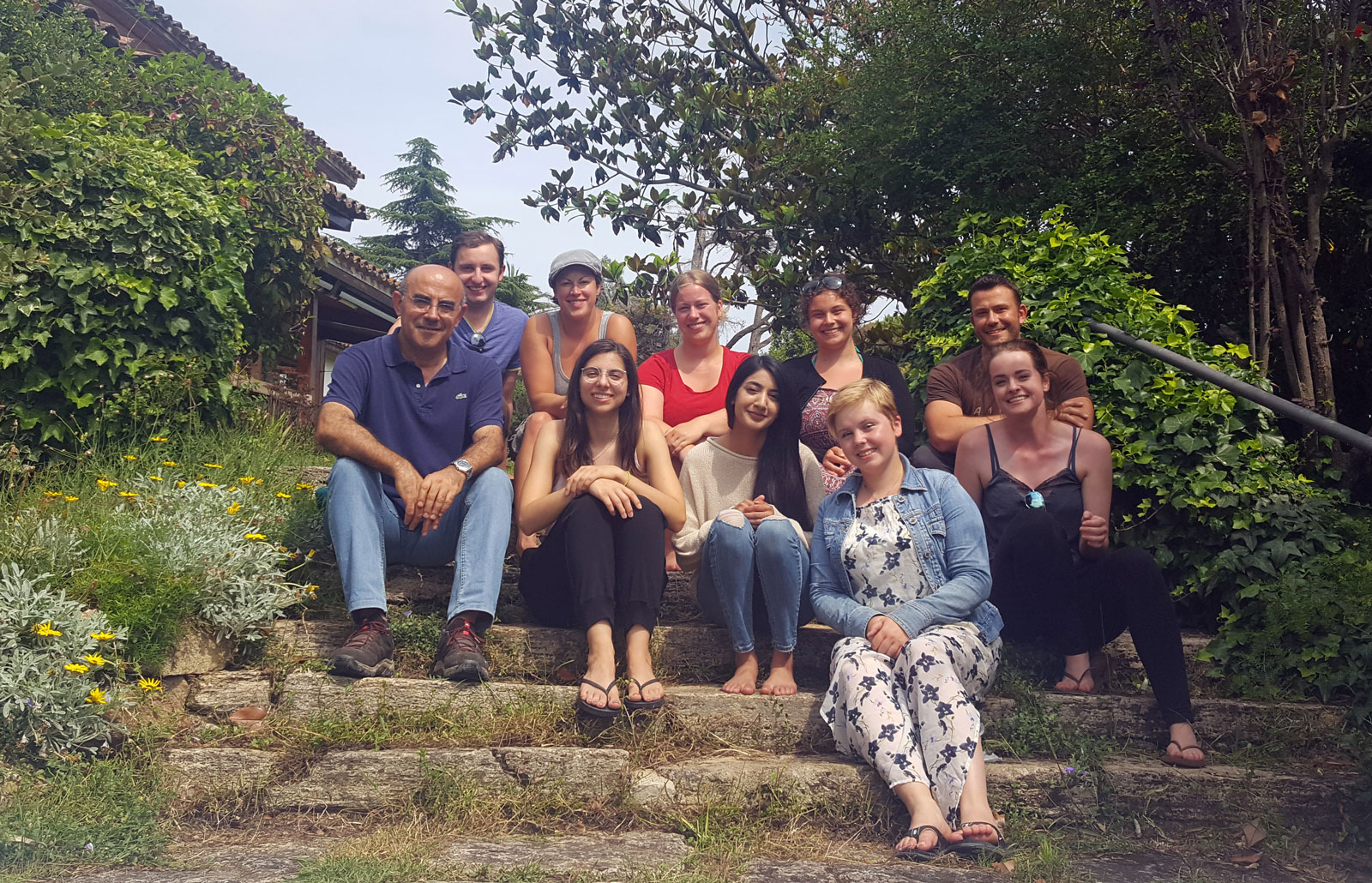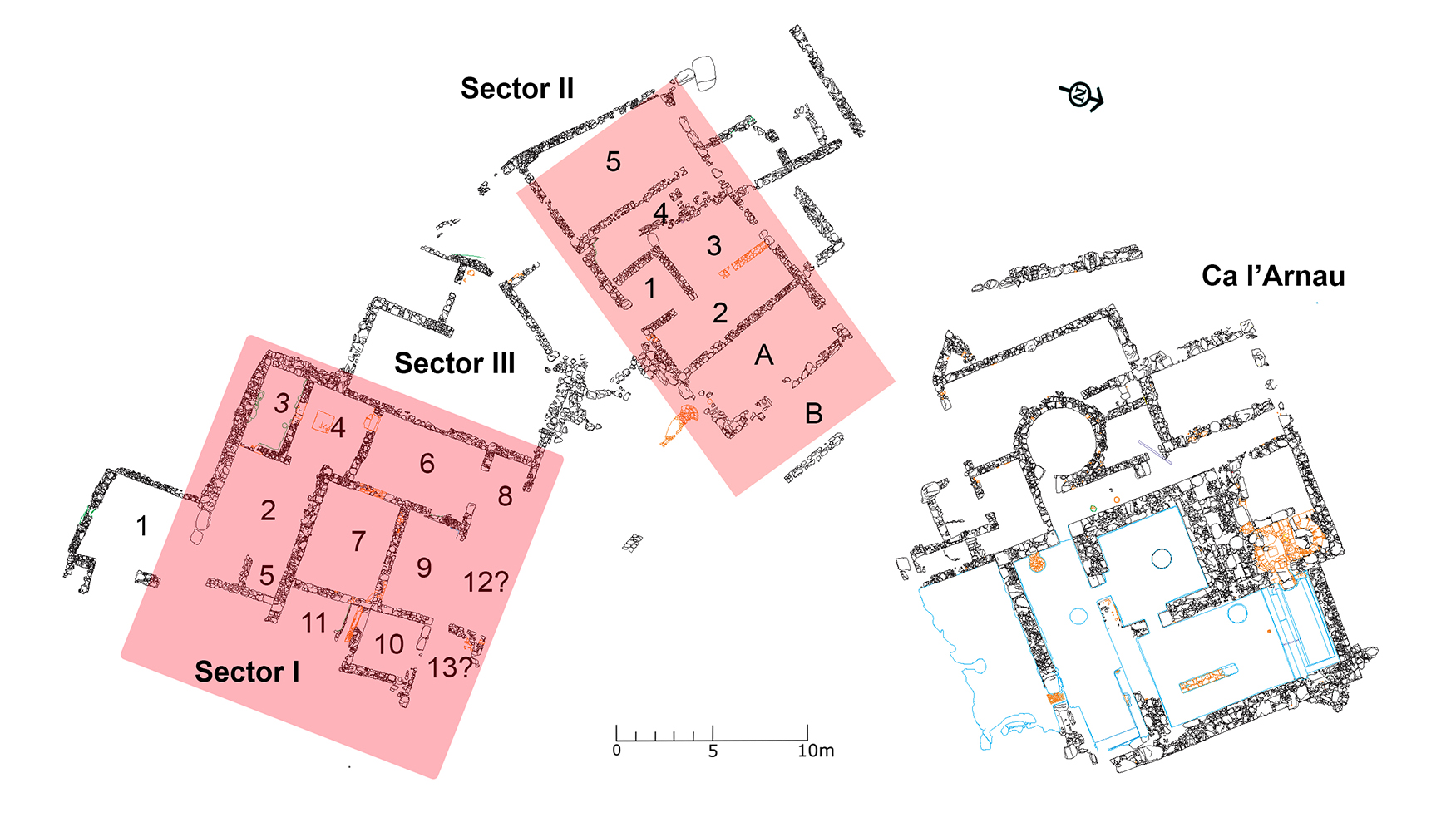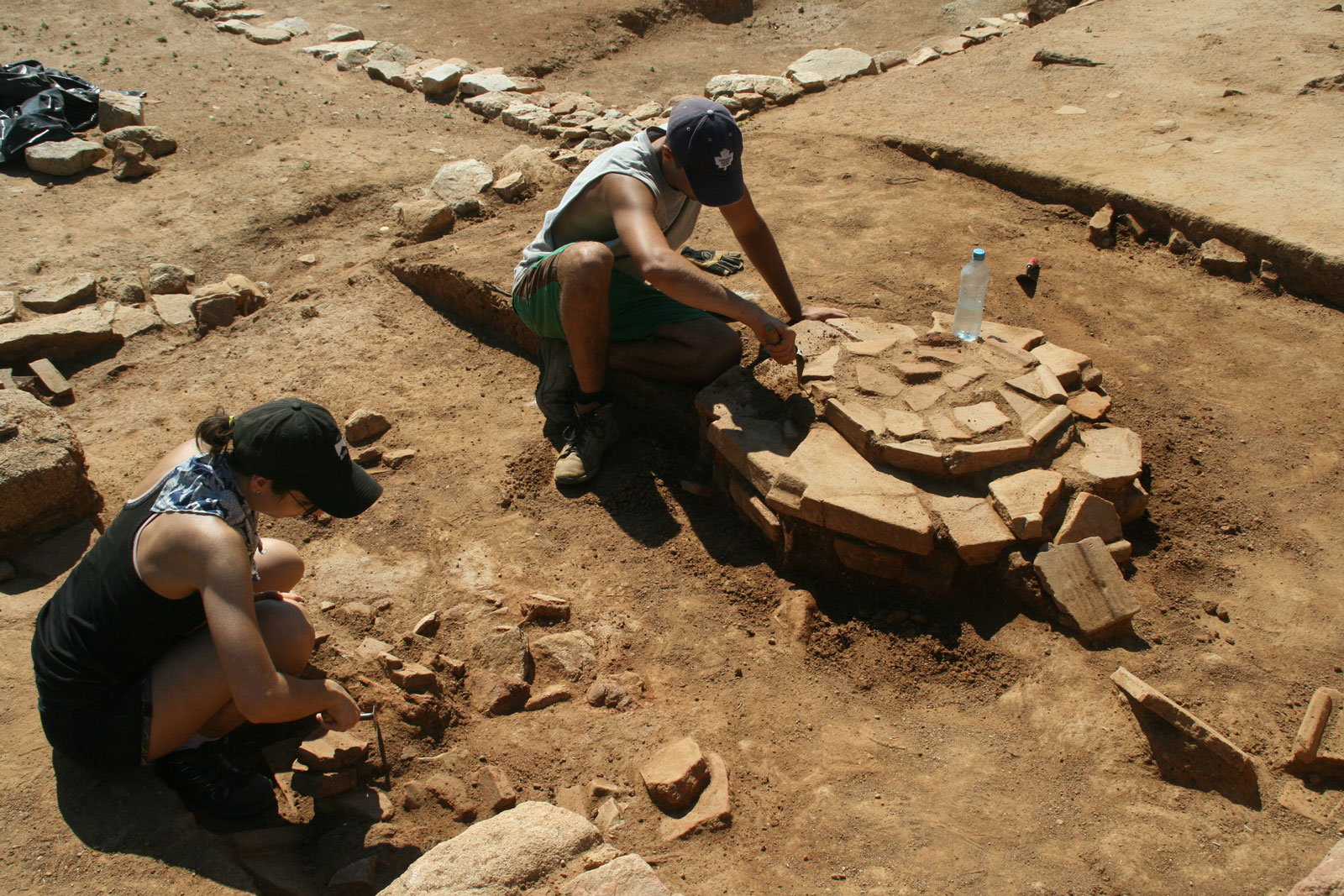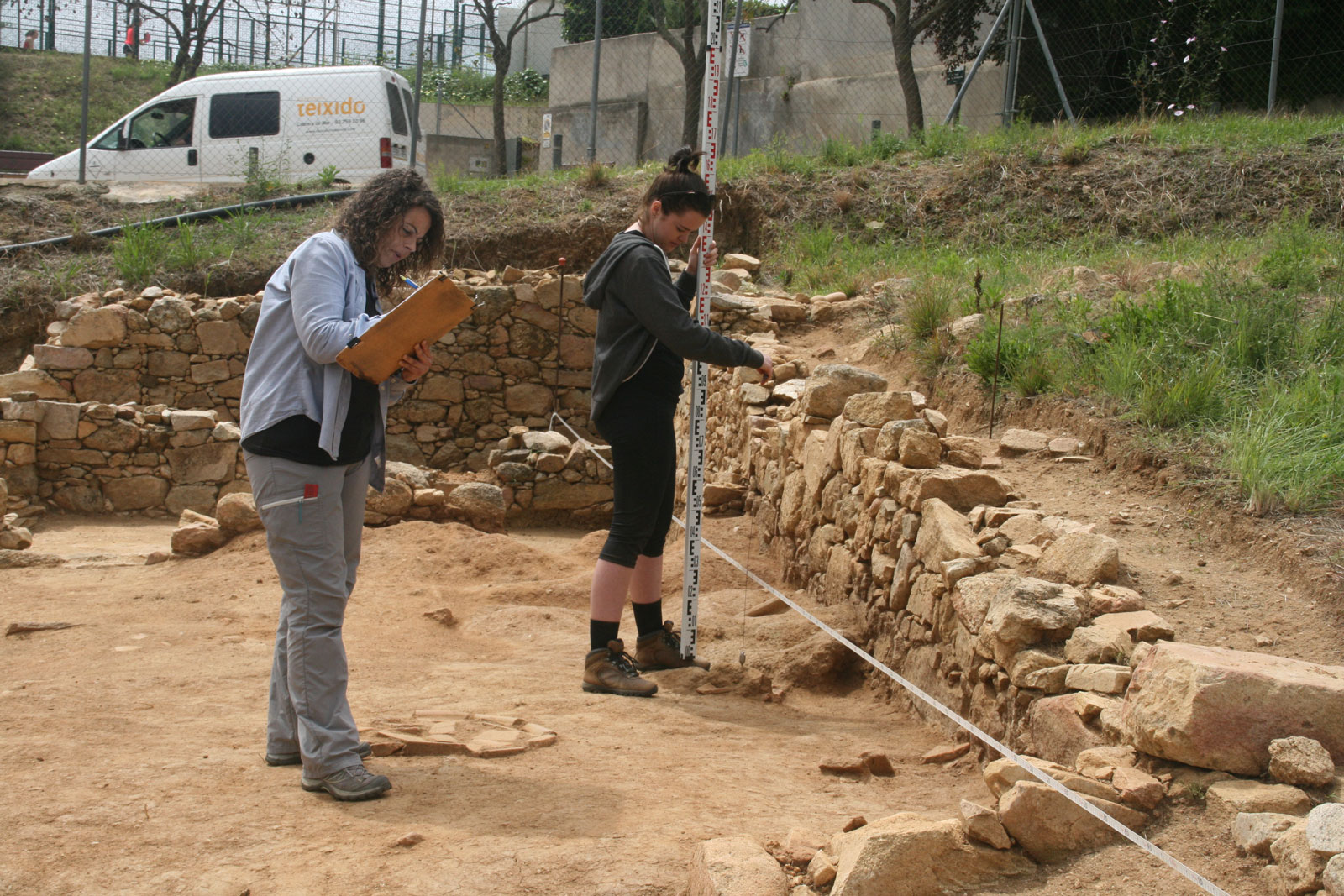
INTRODUCTION
In July of 2016 our project director joined the Department of Greek and Roman Studies at the University of Vicotria. The field school has been framed since then as part of the Greek and Roman Studies curriculum formed as a 3 unit practicum in archaeology. The aim of the GRS 495 is to provide undergraduate and graduate students with practical training in the areas of archaeological research and field methods, data management and analysis, interdisciplinary research and leadership and teamwork by excavating, exploring and studying a late-Iberian/Roman site directly. A more detailed description of this training would include: formation in the process of stratigraphic excavation; recognition and analysis of material finds (pottery, coins, remains of building structures); the interpretation and synthesis of archaeological data; and the value of archaeological evidence for historical analysis of the shifting social, economic, cultural and political conditions at the site in its broader Mediterranean context. At the same time, the project also aims to provide students with a strong theoretical background, allowing participants to acquire familiarity with the central scholarly debates of Roman military expansion, along with the impact and consolidation of Roman imperial power in the western provinces during the Late Republic and the Early Empire. In 2017 our excavation team was composed by the Ilduro research team and ten undergraduate and graduate students from three Canadian universities (York, UBC and UVic) (see picture above).
OBJECTIVES
The goal for the 2017 and 2018 archaeological campaigns was to excavate an important part of the structures discovered in Can Mateu during the 2015 and 2016 excavation campaigns. The aim was to excavate in extension three rooms belonging to two different structures of the so-called house 1 and 2. Room 6 was selected in sector 1 (see 2016 excavation page) due to the excellent preservation of its stratigraphy and because it was beside room number 4 which had already been partially excavated in 1998 and therefore with a well-known stratigraphic sequence. The excavation of room 6 therefore will allow our team to understand the relationship between both spaces over time. In the so-called house 2, the goal was to define the most modern occupation phase (room 4-5) (see 2015 excavation page). Especially important was to understand and document its extension and function, and to determine how many structures which were previously thought to belong to the republican house are in reality belonging to this moment that functions once the republican house was already abandoned and partially covered.


